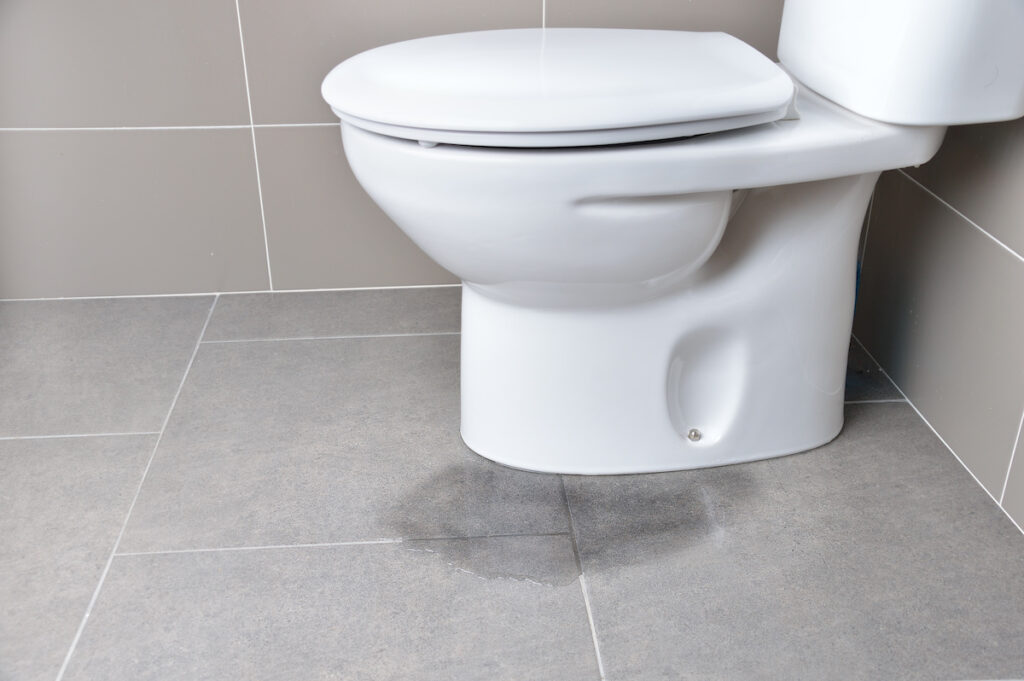Stopping Water Damage in the Bathroom
Stopping Water Damage in the Bathroom
Blog Article
What're your thoughts on How to Prevent Bathroom Water Damage?

The washroom is incredibly prone for wet buildup and prospective water damage because of the constant use water in it. This write-up provides straightforward evaluation techniques to help identifying water damages risks.
The regular use water in the restroom makes it very at risk for moist accumulation and potential water damages. By examining it consistently, you can lower water related problems.
The adhering to set of examinations is simple to carry out and also need to be done once in every 3 months in order to maintain your bathroom in good shape as well as to avoid prospective water problems brought on by the bathtub, the shower, pipe joints and plumbing, sinks, closets, and also the commode
Do not forget doing these assessments and be extensive while doing them. Bear in mind that these basic evaluations can save you a great deal of cash by supplying very early indicators for water damage
Bath tub and also Shower
The shower and also bath tub need special attention and also upkeep. Examine the floor tiles as well as replace if cracked. Ensure that there is no missing out on cement between the tiles. Evaluate and also replace cracked caulking at joints where the wall surfaces fulfill the flooring or the bathtub. Clogged drains and also pipelines problems will certainly avoid the bath tub from drying and may show severe issues beneath the bath tub. Seek advice from a specialist promptly to stop structural damages. Focus on stainings or soft locations around the bath tub wall surfaces as they may show an internal leakage.
Plumbing
Signs for water damage are difficult to find considering that most pipelines are installed inside the walls.
Pay unique attention to flooring and wall surfaces moisture and also discolorations as they may show an unseen plumbing problem. Examine wetness levels in adjoining areas also.
Sinks and Cabinets
Sinks as well as cabinets are revealed to moisture and also humidity day-to-day and are often forgotten. Examine regularly under the sink and also on the countertop over it. Repair any kind of drip in the trap as it might suggest drainpipe issues. Check out the sink, slow draining pipelines may suggest an obstructed drain. Change sink seals if they are broken or loosened.
The Toilet
The commode is a susceptible water joint. Inspect the water lines and search for leaks around the bathroom seat, in the pipe, and under the water storage tank. If you identify any type of indications of dampness on the floor around the bathroom, look for leaks in the toilet rim and also tank seals.
Know that hanging commode bowl antiperspirants raises the chances for blockages.
Water Damage Signs In The Bathroom To Avoid Cleanup
Musty smell
This is one of the easiest signs to catch because musty smells are so odorous. The damp, earthy, moldy smell should be a big red flag. The smell will develop when moisture gets trapped in surfaces, and begins to facilitate mold growth. Leaking pipes under cabinets, inside walls, and behind shower fixtures will cause moisture to stay trapped and not dry, which will lead to mold growth and spread. As soon as you notice any musty smells in your bathroom, have it checked for hidden water damage and cleanup signs.
Visible mold
If the smell isn’t there to give it away, sometimes you will actually see mold growth. Finding mold in your bathroom is a serious problem, because mold is very harmful to your health. By the time mold growth is visible, it also means that water damage has already occurred and been present for some time. The only way the mold problem can be resolved is to find the source of the moisture and get it stopped. To safely and adequately remove mold, you need to have professionals handle the remediation. Do not waste any time in getting mold problems addressed, fixed, and sanitized so that you can protect you and your family from the many respiratory symptoms caused by mold exposure.
Damaged floors
Bathroom floors should be able to withstand some exposure to water while still remaining in good condition. However, when excess exposure or water leaks occur, they will begin to damage even the most water-resistant flooring. If you notice any cracking, bubbling, staining, or warping on your bathroom floors, there is probably a water leak somewhere causing the distortion. If you notice areas of the floor have become softer, or even have a spongy feeling, there is probably damage to the subfloor. Subflooring is typically made up of plywood. When plywood is exposed to water or moisture, it will absorb it. Once it has become saturated, the weight of the excess water will cause the wood to swell and soften. Check the floors in your bathroom frequently to catch any of these sings before they lead to damaged subflooring.
Changes on walls
When water leaks behind walls, it will cause changes in the drywall. Peeling plaster, blistering paint, and soggy wallpaper are all good indicators that excess water is building up behind the wall. Water leaking behind drywall will cause it to swell and be soft to the tough. If you start to notice gaps along the trim of your walls, or where tile meets the wall, it could also be a strong indicator that there is a leak behind the wall. Any changes, distortion, or damage on the walls should be evaluated as soon as you notice it to prevent further water damage and cleanup.

I'm just very fascinated with Looking for Signs of Water Damage in the Bathroom and I'm hoping you liked the page. Do you know someone else who is truly interested in Common Causes of Water Damage in a Bathroom? Please feel free to promote it. I am grateful for your time. Kindly come by our website back soon.
Go Company Report this page